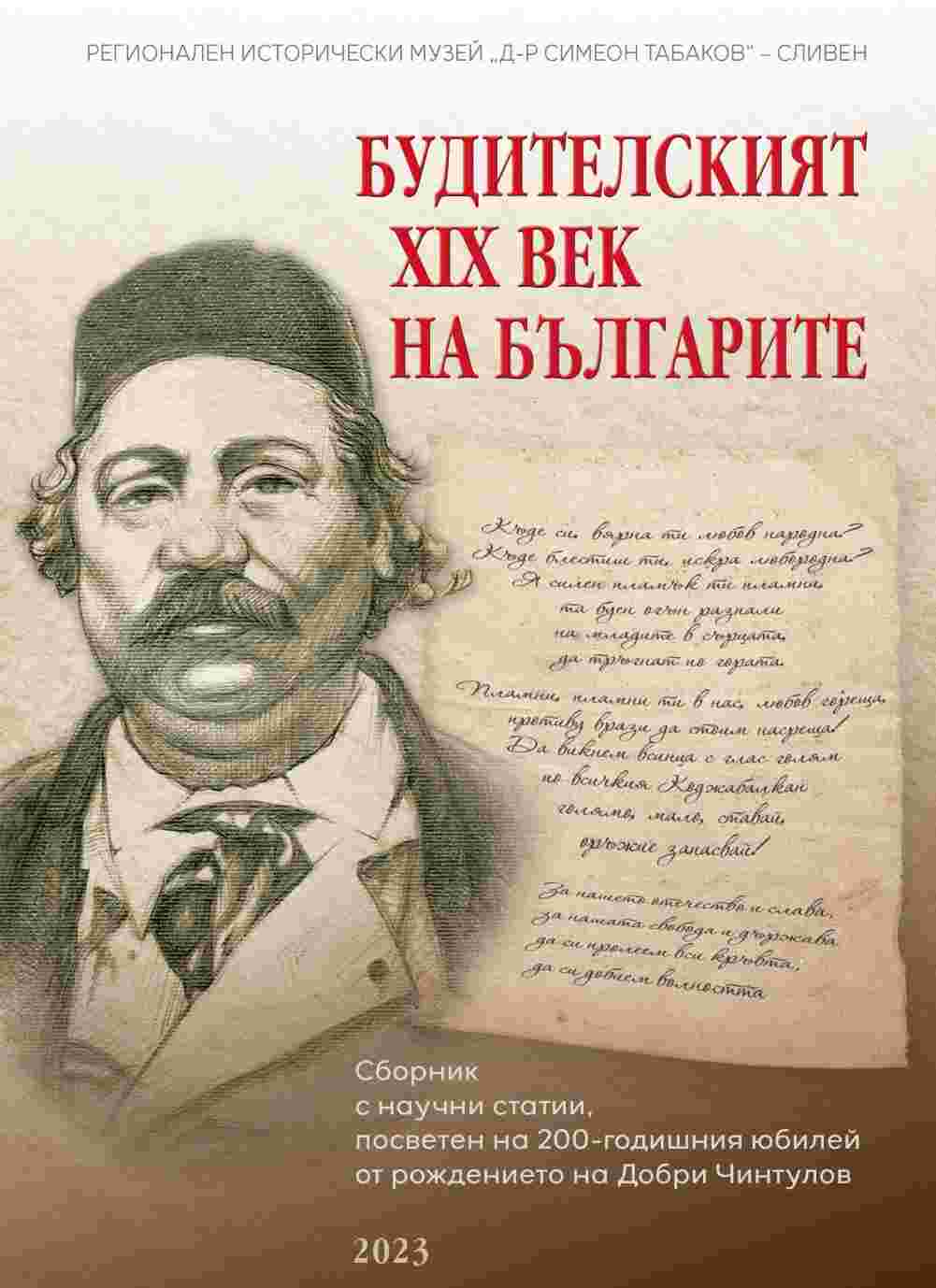Демографски и стопански облик на Сливен в средата на XIX век (по новооткрити архивни документи)
Demographic and Economic Shape of Sliven in the Middle of the 19th Century (According to Newly Discovered Archive Documents)
Author(s): Nikolay Todorov
Subject(s): History, Economic history, Local History / Microhistory
Published by: Център за стопанско-исторически изследвания
Keywords: nüfus defters; temettuat defters; occupational structure; muslim; non-muslim; Sliven
Summary/Abstract: The study aims to trace the historical development of Sliven in 19th centuries. In the first half of 19th century the Ottoman Empire faced periodic crises that affected its economic development in different parts of its territory. In fact, from the end of the 18th century until 1829 the Ottoman Empire had several wars with Russia and this military situation directly affected the Rumeli provinces. The rule of Sultan Mahmud II (1808–1839) is associated with particularly active reform activities, which affected all aspects of political and social life of Ottoman society. On the basis of unpublished Ottoman register material from 19th century the focus of this study is concentrated on the economic development of Sliven in the 1830s. The information about demographic development is extracted from nüfus defters dated in 1831, 1833, 1837, 1841 from Ottoman archive in Istanbul. The article reconstructs the professional characteristics of the Sliven population in the 1830s. The place that Sliven occupied in the Ottoman provincial administrative system is determined by its demographic and economic development. The geographical location of Sliven and its role of an important economical center predetermined the place that the city occupied in the economic infrastructure of the Empire. Again, on the basis of new source material, the parameters of local government functioning are outlined.
- Page Range: 14-34
- Page Count: 21
- Publication Year: 2023
- Language: Bulgarian
- Content File-PDF

